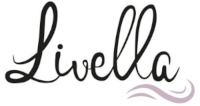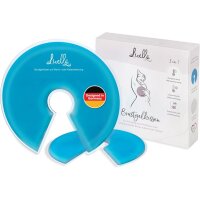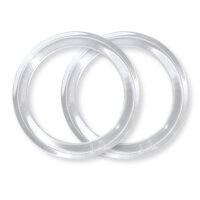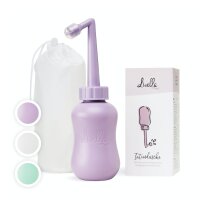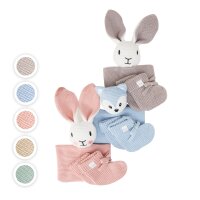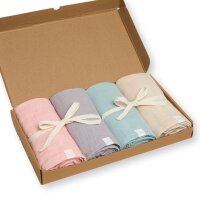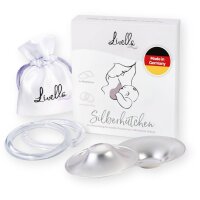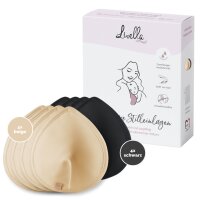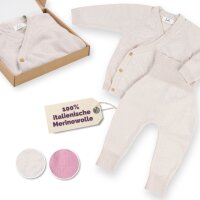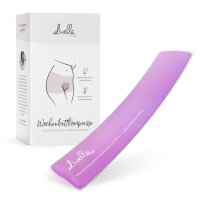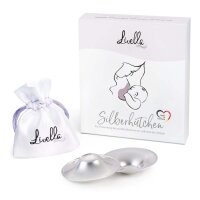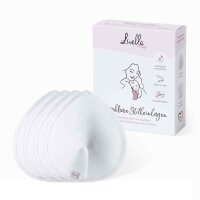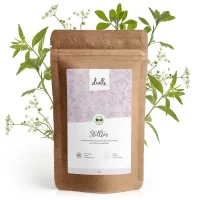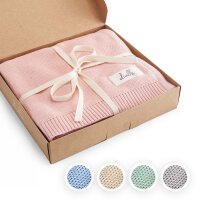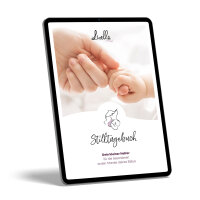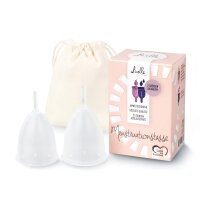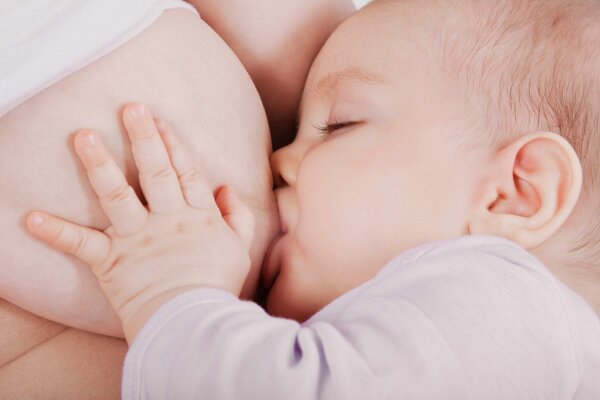Some breastfeeding women discover small white or yellow spots on their nipples. What many might mistake for skin blemishes is, in fact, a so-called milk bleb or blister. When breast milk starts backing up behind the blister, breastfeeding can become quite painful.
Milk blisters on the nipples might only be small, but they can actually become a big concern for breastfeeding mums and raise many questions, such as: Can milk blisters cause mastitis? Do milk blisters go away on their own? And how to get rid of a milk bleb?
Read on as we answer all your questions about breastfeeding-related nipple blisters.
Table of Contents
What is a milk bleb?
Milk bleb symptoms: how to identify milk blisters?
What causes milk blebs?
Milk bleb treatment: how to get rid of milk blisters?
Milk blebs and blisters: facts at a glance
What is a milk bleb?
A milk bleb (also known as milk blister) is a small white or yellowish dot that can appear on the nipple or areola during breastfeeding. The dots look like skin blemishes, but they are, in fact, a sign that one of the milk ducts in the breast has clogged up or that a piece of skin has grown over the duct entrance. A milk blister can best be described as a clogged nipple pore.
There are two different types of milk blisters:
- A small white-yellowish fat plug that blocks the exit of a milk duct A white blister that appears when breast milk backs up behind a piece of skin that has grown over a milk duct
- Both types of milk blebs can lead to discomfort and even cause serious breastfeeding pain. If left untreated, the blocked milk duct can turn into mastitis.
Both types of milk blebs can lead to discomfort and even cause serious breastfeeding pain. If left untreated, the blocked milk duct can turn into mastitis.
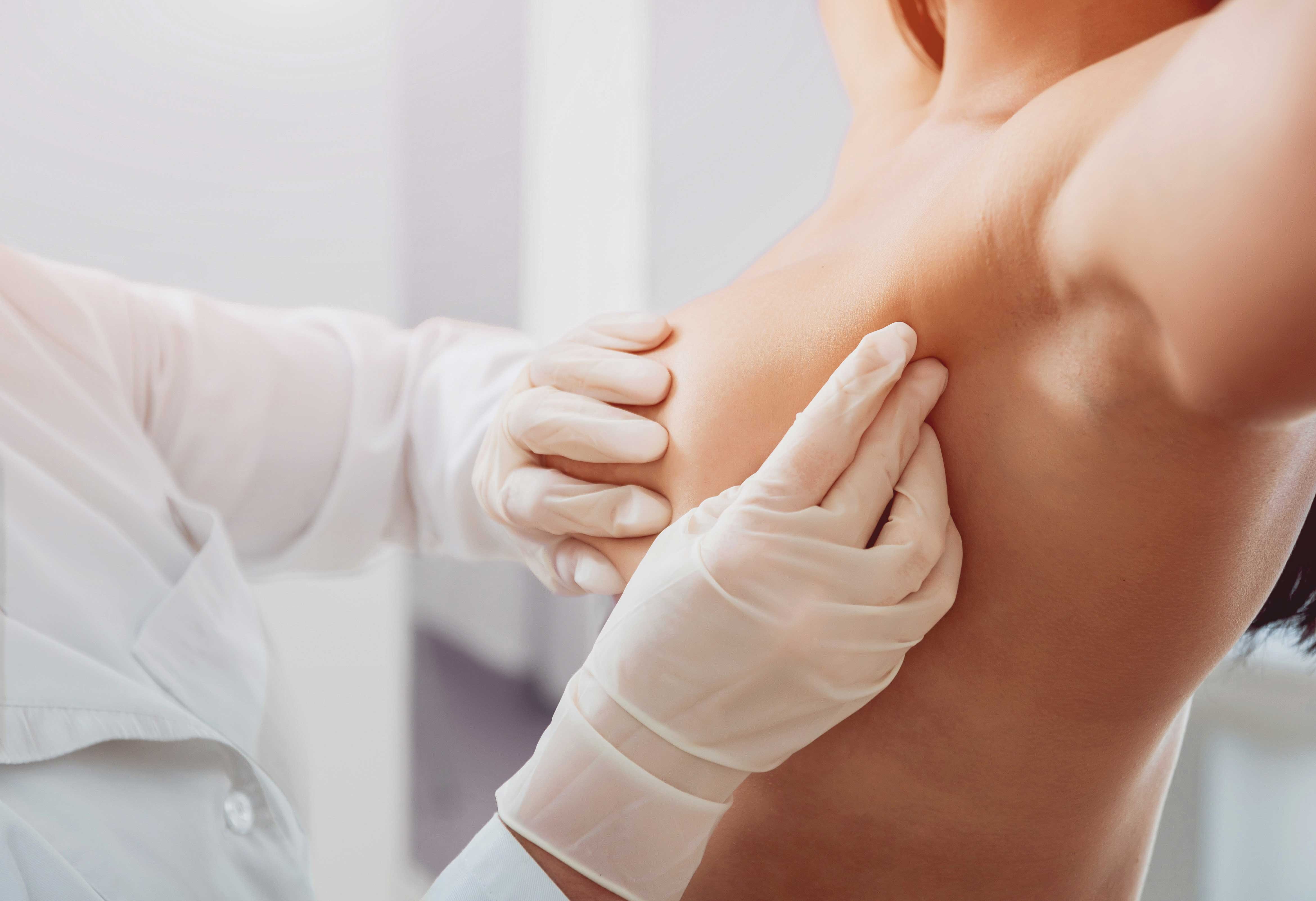
Milk bleb symptoms: how to identify milk blisters?
Milk blisters look like white or yellow spots on the nipple. They are about the size of a pinhead and might cause you pain and discomfort while nursing your little one. Sometimes the blister can be accompanied by inflammation of the skin surrounding the nipple.
Milk blebs are usually quite easy to identify, but they shouldn’t be confused with nipple blisters caused by friction or irritation. Nipple blisters that are caused by friction (e. g. from a tight nursing bra or ill-fitted nipple shields) or by a strong vacuum (e. g. when your baby sucks your breast too hard) are usually clear or have a red/brownish colour.
Occasionally, thrush may also lead to blister formation on the nipples. If you are unsure about where the white spot on your nipple comes from, get professional support and ask a midwife or lactation consultant for help.
What causes milk blebs?
Milk blisters can have different causes. In many cases, they are caused by:
- Blocked milk ducts: Clogged milk ducts are one of the most common causes of milk blisters on nipples. What happens is that a thickened string of milk forms at the exit of the milk duct and blocks it. In other cases, the opening of the milk duct is simply blocked by a thin layer of overgrowing skin which then forms a mechanical barrier that stops the milk from flowing.
- Bad breastfeeding technique: Since milk blebs often appear in combination with clogged milk ducts, everything that can obstruct the milk flow is also a potential risk factor for milk bleb formation. This includes factors like poor latch, breast milk oversupply and bad positioning of the baby at the breast. If breastfeeding positions aren’t carried out correctly, the breast isn’t emptied properly which increases the risk of blockages in the milk ducts.
- Weak suck: Even if you do everything right when breastfeeding your baby, it’s still possible that you end up getting a milk bleb. That’s because milk blisters and clogged ducts can also be caused by a weak suck. If your baby doesn’t suck strongly enough, then your breast won’t be drained properly.
Milk bleb treatment: how to get rid of milk blisters?
Milk blisters can cause severe discomfort and put a damper on the mother’s breastfeeding experience. Many breastfeeding women therefore wonder how to treat milk blisters. Here are a few tips on how to get rid of a milk bleb (or at least get some relief from the pain):
- Applying moist heat to the affected area: If the milk bleb is caused by a piece of skin overgrowing the exit of a milk duct, the skin barrier needs to be removed. Ideally, the blister comes open by itself during breastfeeding. You can support this process by applying moist heat before each breastfeeding session. This can be done with the help of a warm compress or by simply applying warm water to the affected area. You can also rub the nipple with a washcloth to try to abrade the skin.
- Using a sterile needle to open the blister: “Can I pop a milk bleb?” is a question that often comes up when breastfeeding women discover a white blister on their nipple or areola. While it is possible to open the blister at home with a sterile needle, it is best to seek help from a healthcare professional. Popping the blister yourself could lead to injury or infection, which is something you definitely want to avoid while breastfeeding.
- Cleaning your nipples after each feeding: Good breast hygiene can help prevent milk blisters. Make sure to wash off any leftover milk after each feeding.
- Cooling the affected area: If breastfeeding becomes painful because of the milk bleb, you can try to relieve the pain by applying cold to the area to reduce the inflammation. You can either use cold compresses or special breast gel pads that can be put in the fridge or freezer.
- Massaging the breast to express the thickened strand of milk: In cases where the milk blister is caused by a strand of thickened milk that blocks the end of a milk duct, you can massage your breast to try to release the hardened lump of breast milk. To make things easier, apply a warm wet cloth to your breast or gently rub over your skin with a cloth soaked in olive oil.
- Taking oral lecithin supplements: Breastfeeding women who often suffer from clogged milk ducts should consider taking oral lecithin supplements on a daily basis because lecithin helps the milk flow better.
- Taking painkillers that are safe for breastfeeding: Ongoing milk bleb pain can be very strenuous and even make breastfeeding mums consider weaning their baby early. If you experience severe pain, you can use painkillers to get some relief. Just make sure to choose a painkiller that is safe for breastfeeding women, such as ibuprofen.
- Improving breastfeeding management and latch: Good breastfeeding management is essential for preventing clogged milk ducts and milk blisters. This includes putting your baby on frequently, verifying positioning and breastfeeding latch, and ensuring that the breast gets emptied properly.
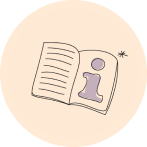
Good to know
“Are milk blisters (always) painful?” is a commonly asked question among breastfeeding mums. The answer is ‘no’. Milk blebs can cause pain and discomfort, but they don’t have to. If the small white spots neither cause pain nor obstruct a milk duct, they don’t even have to be treated. In such cases, the blisters usually resolve on their own over several weeks.
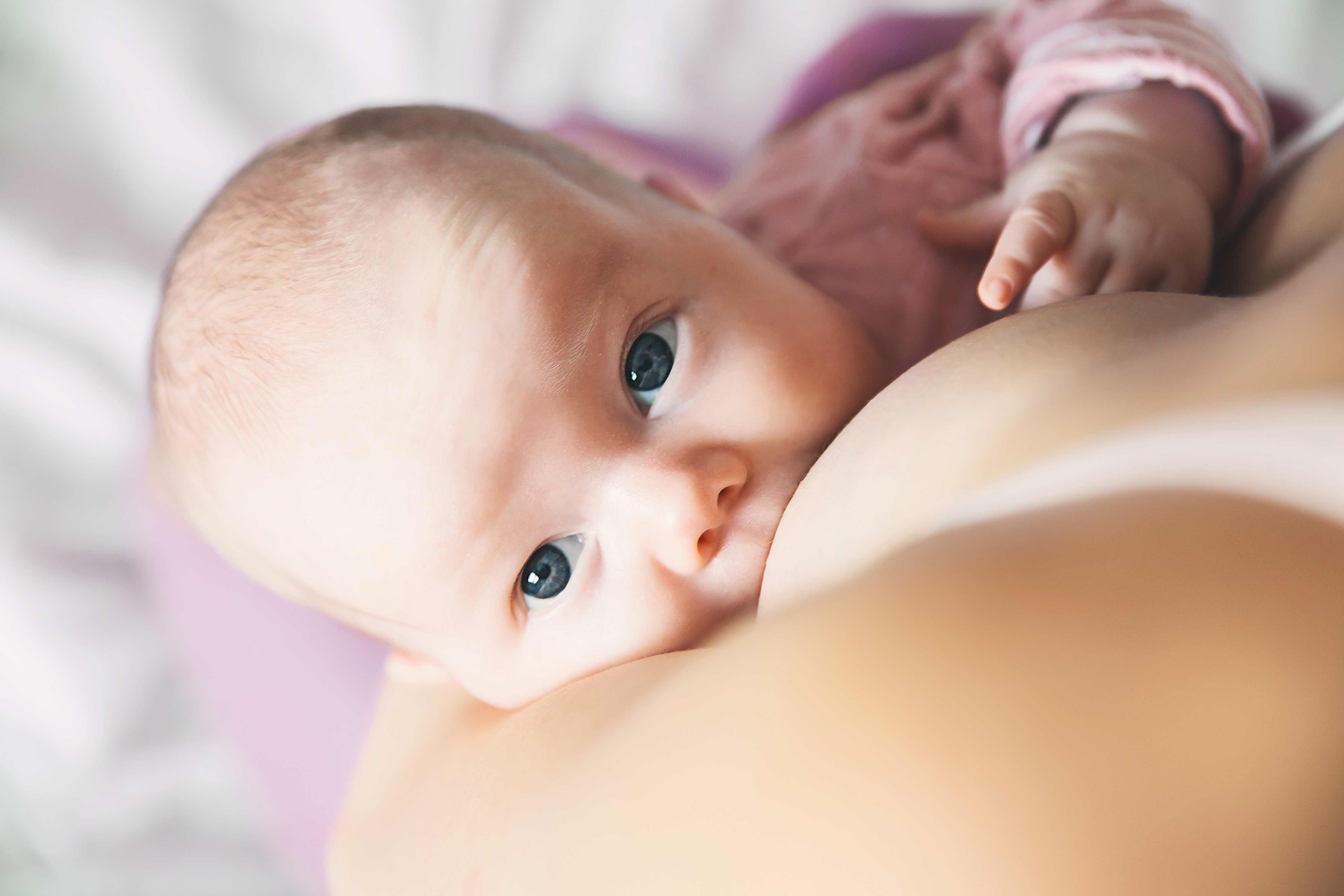
Milk blebs and blisters: facts at a glance
- Milk blebs can either be caused by overgrowing skin blocking a nipple pore or by a thickened string of milk blocking the outlet of a milk duct. Milk blisters often go hand in hand with clogged milk ducts and can cause serious nipple pain while breastfeeding.
- There are different remedies to treat and prevent milk blebs, including good breastfeeding management, scrupulous breast hygiene and oral lecithin supplements.
- If a milk blister doesn’t resolve on its own, opening it with a sterile needle might be needed. In order to avoid infections, this should be done by a healthcare professional.
References
- Pain when Breastfeeding | The GP Infant Feeding Network (UK) (gpifn.org.uk)
- Mastitis, Slowed Milk Flow, and Milk Blisters - La Leche League USA (lllusa.org)
- Case Report of the Management of Milk Blebs - ScienceDirect
- Breastfeeding: Common Questions and Answers | AAFP
- Mastitis - La Leche League GB
- How to get rid of milk blisters: 13 remedies to treat and prevent them (medicalnewstoday.com)
- Blisters on Nipples - Breastfeeding Support
